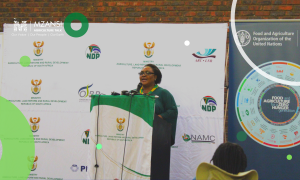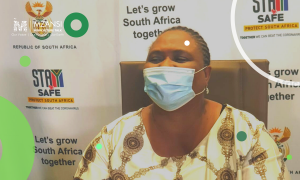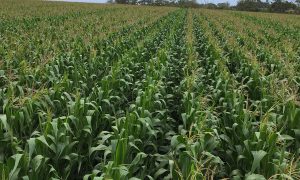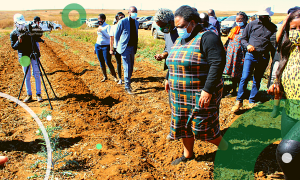Address food loss than food waste

On 29 September, the Consumer Goods Council of South Africa (CGCSA) launched the South African Food Loss and Waste Voluntary Agreement.
The Agreement purportedly was endorsed by leading food manufacturers and retailers which commits both to reduce food waste to achieve the United Nation’s Sustainable Development Goal of halving global food waste by 2030.
Over 170 participants filled the airwaves of the virtual event with representatives from Nestle and Ahold Delhaize the department of environment, forestry and fisheries.
Minister of DEFF, Barbara Greecy, commended the initiative brought by CGCSA together with its stakeholders.
“Food waste needs to be curbed. In the modern world we now all understand that natural resources are not infinite. Alternative methods of farming are already being used that are making agriculture more sustainable which also ensure resource efficiency” she said.
Co-Chair of the CGCSA Gareth Ackerman said the launch was an important milestone in the footprint of South Africa.
“The consumer goods sector is taking the lead to commit our members to reducing food loss and waste, in a country where about 14 million people go to bed hungry every night, and where approximately 60% of South African households are food insecure (that is, 30% are at risk of food insecurity and 31% are experiencing hunger).”
In 2017, the World Wildlife Fund (WWF) released a shocking report on the food loss and waste in South Africa. With over 13 million children estimated to go to bed hungry, the report highlighted that 10 million tonnes of food out of 31 million tonnes went to waste every year.
While CGCSA voluntary agreement was ideal, there was much silence on reducing post-harvest losses (PHL) for producers of food – farmers (food loss).
Globally, more farmers were reporting post-harvest losses which put strain on the supply of good quality produce to manufacturers and retailers.
According to Deloitte, smallholder farmers in sub Saharan Africa experienced high post-harvest (PHL) – approximately 32% of crops (or 1.3 billion tons) and 24% of calories (or 1.5 quadrillion kilocalories) were are not consumed.
“This represented enough food to feed approximately 1.6 billion people. While increasing agricultural productivity in Africa may serve to alleviate this pressure, PHL reduction is necessary to ensure that additional production is consumed rather than lost” said the report.
CGCSA hallmark focus seemed to prioritise food waste than food loss. The former referred to as food wasted by retailers and consumers, while the latter referred to loss of food committed by food suppliers such as farmers.
According to Minister Creecy, the voluntary agreement would help DEFF and food retailers to do three important things:
- Develop a web-based food waste reporting system for the VA signatories for effective monitoring;
- Map South African food waste hotspots to support the Voluntary Agreement; and
- Develop a South African food waste knowledge hub, which is an online platform geared towards information and best-practise sharing
Ackerman added; “A big problem contributing to food waste in SA – and indeed across Africa – is when retailers are forced to throw away food that is past its best before date, yet is still perfectly fit for human consumption; the lack of adequate logistics and cold storage facilities; poor road infrastructure and congested borders, which results in food going to waste before it is delivered to retailers.”
Deloitte further warned African states that if farmers PHL were not mitigated, increasing food production and curbing food waste would be futile.
“While increasing crop production has and continues to receive great attention, disproportionately fewer resources have been employed to address the related and equally challenging issues of PHL.”
Additional Source: 2015 Deloitte & Touche; Reducing Food Loss Along African Agricultural Value Chains.



















